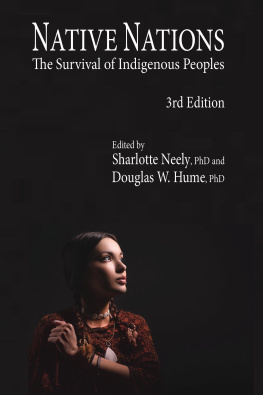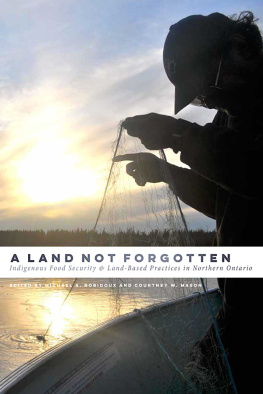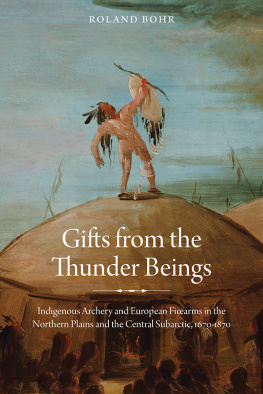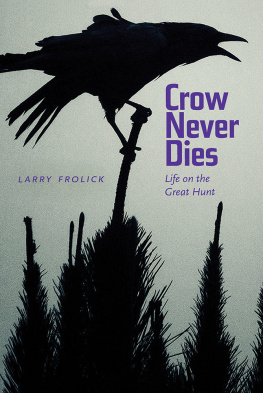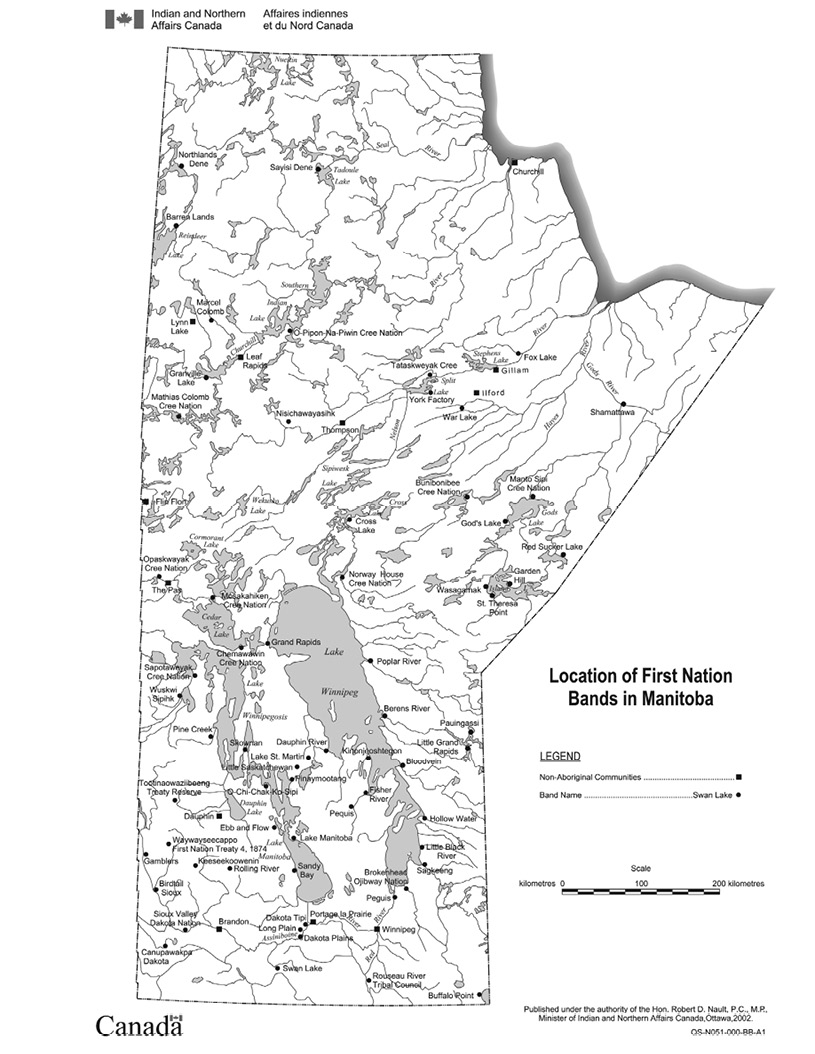From the Barren Lands
FROM
THE
BARREN
LANDS
Fur Trade, First Nations and
a Life in Northern Canada
a memoir by Leonard g. Flett
Copyright 2015 Leonard Flett
Great Plains Publications
233 Garfield Street
Winnipeg, MB R3G 2M1
www.greatplains.mb.ca
All rights reserved. No part of this publication may be reproduced or transmitted in any form or in any means, or stored in a database and retrieval system, without the prior written permission of Great Plains Publications, or, in the case of photocopying or other reprographic copying, a license from Access Copyright (Canadian Copyright Licensing Agency), 1 Yonge Street, Suite 1900, Toronto, Ontario, Canada, M5E 1E5.
Great Plains Publications gratefully acknowledges the financial support provided for its publishing program by the Government of Canada through the Canada Book Fund; the Canada Council for the Arts; the Province of Manitoba through the Book Publishing Tax Credit and the Book Publisher Marketing Assistance Program; and the Manitoba Arts Council.
Design & Typography by Relish New Brand Experience
Printed in Canada by Friesens
library and archives canada cataloguing in publication
Flett, Leonard, author
From the barren lands : fur trade, First Nations and a
life in Northern Canada / Leonard Flett.
ISBN 978-1-927855-33-1 (paperback)
1. Flett, Leonard. 2. Hudsons Bay Company--Employees-
Biography. 3. Cree Indians--Canada--Biography. 4. Fur trade-
Canada, Northern--History. 5. Canada, Northern--History.
I. Title.
FC3963.1.F64A3 2015 971.903092 C2015-903706-9
This book is dedicated to my wife, Marguerite, who lost me for the year and one-half that I spent penning and editing my story.
Acknowledgements
I have many people to thankpeople who have made the writing of my book possibleincluding the Hisops and Perrins who tend our property and other matters when we are away.
I want to thank Jay Struth of the Killarney Guide for the beautiful job of restoring an old family picture which has become the cover for my book.
I am deeply indebted to my journalist friend, Kim Langen, also of the Killarney Guide , who was of valuable assistance in sub-editing the first few chapters of my book, providing critical comments and advising how best to lay out my stories.
I want to acknowledge an old friend, journalist and author Doug Cuthand, whose book Askiwina influenced my own work in describing Sweat Ceremonies.
I am also grateful for the critical feedback received from good friends on portions of my book, including Fred Petrie, Bill Shead, David Horbas, and Mary Simon.
My family, including my wife Marguerite, brother Harold, and daughters Geraldine, Harmony, and Lynda-Gale, were my biggest fans in encouraging my initial attempts at writing this book.
Finally, I owe the end product to editor and publisher, Gregg Shilliday, of Great Plains Publications. Thank you.
Born on the Barrens
It was in northern Manitoba, next to the remote banks of Gods River where the beautifully named Echoing River joins as a tributary, that I was born into this world.
The year was 1942. And it was cold and frigid, as only a February can be, when ones family lives not far from the crystalline beauty of the Arctic, and just a few miles from the great waters of Hudson Bay.
My birthplace was Shamattawa, a First Nations village that has long been home to Cree trappers and their families. These are a people who have eked out an existence trading furs to the Hudsons Bay Company for more than 250 years. The village itself consisted of a handful of buildings: a combined store and residence; a warehouse; a church; and the church residence, which housed the local minister.
When I was young, most Indigenous people of the area lived out on the land on their traditional hunting and trapping grounds. But each spring they migrated to gather together in Shamattawa, transforming what had simply been an open field into a village of tents. Here they settled in for the summer.
Around us, the northern air was fresh and crisp. And it combined deliciously with the pleasant smell of wood smoke that curled lazily upward from every tent. It wafted amongst all the residents, temporary and otherwise, of the village on the river.
One of the few permanent structures in Shamattawa in those days was an important one-and-a-half-storey building. The front half of its main floor housed the Hudsons Bay Company store, while the rear part, along with the upstairs, was our family home.
And it was there, with the assistance of Cree midwives on that cold February morning, that I was bornliterally and figurativelyinto the life of the Hudsons Bay Company, and the fur trade.
My mother was only 16 when I was born. And I was not the firstborn. Abigail had given birth to my brother, Glen Clarence, on August 17, 1940, just nine days before her 15th birthday. Abigail was 14 when she married my father, Horace, who at the time was 32 years old. In todays world he would have been imprisoned for corrupting a minor. However, such were the days, and Abigails father, the venerable Chief Samson Beardy, had given Horace and Abigail his blessings.
Abigail, at 5 feet 9, was an inch taller than Horace and strong from a life of wilderness travel to and from hunting and trapping grounds with her father. Horace was not a large man at 5 feet 8, but he was wiry strong and very experienced in the northern outdoors life. They were in love and they enjoyed each others company very much.
Every spring they would paddle out to the muskrat marshes where Abigail would use her skill in calling the little animals. The muskrats would respond to her whistling calls, giving Horace the opportunity to shoot large numbers over the course of the spring season. Abigail was expert in cleaning and stretching the skins onto the wood forms that Horace had made.
Camping out in the marshes for several days at a time, they lived on the muskrats they shot. Muskrats are delicious in spite of the name. Once skinned and cleaned, they can be skewered on willow sticks and roasted over an open fire. They can also be boiled, and if potatoes, onions, and other vegetables are available, so much the better.
Abigail, raised in the wilds of northern Ontario, was a natural in the bush. She twittered for birds, whistled for muskrat and beaver, quacked for ducks, honked for geese, and could imitate the plaintive cry of a loon on a lonely lake. However, she had never been allowed by her father to call moose as this was the realm of her brothers, Enos and Eleazer. But she could set snares and small traps and was expert in bringing in rabbits.
My younger brother, James, was born on July 9, 1943. Abigail was now 17, with two toddlers and a baby. Our tiny bedroom in the upstairs of the Hudsons Bay Company building had two beds set closely side by side. One bed was for our parents and the other for Glen and me. Baby James slept in a traditional hammock strung over the parents bed. Whenever the baby fussed, one of the parents reached up and pushed the hammock, setting it into a swinging motion. The gentle rocking motion quickly lulled the baby back to sleep.




